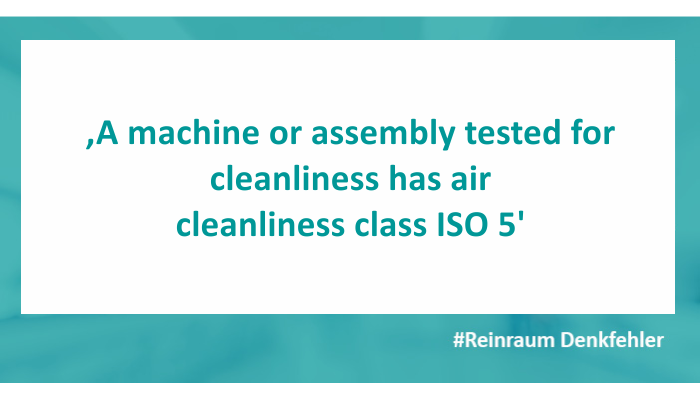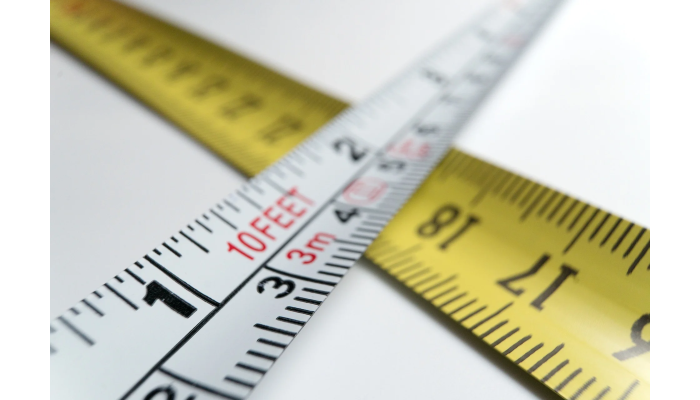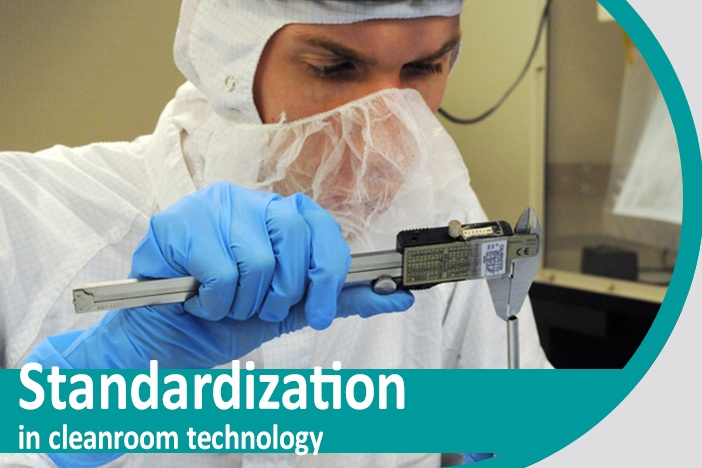Thinking error 20: A machine or assembly tested for cleanliness has air cleanliness class ISO 5
What cleanroom class does the machine have? You know this question. How is it possible to describe a machine, system, component, material or surface...
1 min read
Joachim Ludwig 25.3.2025
For many people, cleanroom technology is something mystical and mysterious that they don't necessarily want to deal with directly. Many people are also uncomfortable dealing with this topic. This creates a lack of understanding for what is now a highly innovative technology which, if used correctly, can and should support your own processes in terms of quality and output.

The current potential users of cleanroom technology are absolute specialists in their own technologies, they know them down to the last detail, but they don't want to deal with cleanroom technology. So they reach for the ‘’universal remedy‘’, the cleanroom, and are convinced that they have found the solution to the contamination problem.
Many company presentations contain detailed lists of all the technologies on offer. And then there is another item - ‘cleanroom’. What does this have to do with technology? ISO 14644 defines a cleanroom as: ‘Room in which the concentration of airborne particles is controlled, and which is constructed and used in a manner to minimize the introduction, generation, and retention of particles inside the room, and in which other relevant parameters, e.g. temperature, humidity, and pressure, are controlled as necessary' (ISO 14644-1:1999 (E) There is only one point in this definition that is not exclusively related to the room: ‘arising in the room’. It remains open whether these are particles generated by the room's ventilation technology or particles generated by the machines, personnel and/or processes. Overall, the definition refers solely to the room and does not mention the processes to be carried out in it.
This approach of viewing the room as something more or less unique often leads to the decision: ‘We need a cleanroom’. This is done without precisely analysing the company's own processes and the resulting requirements related to the process. In any case, it would always be better to speak of a cleanliness system that leaves all options open and thus enables an objective approach in order to develop the right cleanliness solution for the specific processes. This can be a machine-integrated solution, an adapted minienvironment, a change in processes that may even make a cleanliness system superfluous, additional process steps such as cleaning or intermediate packaging of the products, or perhaps even a cleanroom. Let your cleanliness system grow from the product to the process room in the planning and finalise this planning when the goal is reached. Anything else is a waste of money.

What cleanroom class does the machine have? You know this question. How is it possible to describe a machine, system, component, material or surface...

Standards are continuously being developed and supplemented with the latest research expertise and experience to ensure the standardised description...

As interest in cleanroom technology grew across countries and industries, the need for a uniform definition of cleanroom standards and norms also...